Last updated on 2025-08-01
A review and sample photos of the Ms-Optics (Miyazaki Optical) DAGONAR 40mm F6.3 lens used with a LEICA M-P typ240 and HASSELBLAD X2D-100C.
Table of contents
Gallery
The following cameras were used to take the sample photos:
- Lica M-P Typ240
- HASSELBLAD X2D
Review
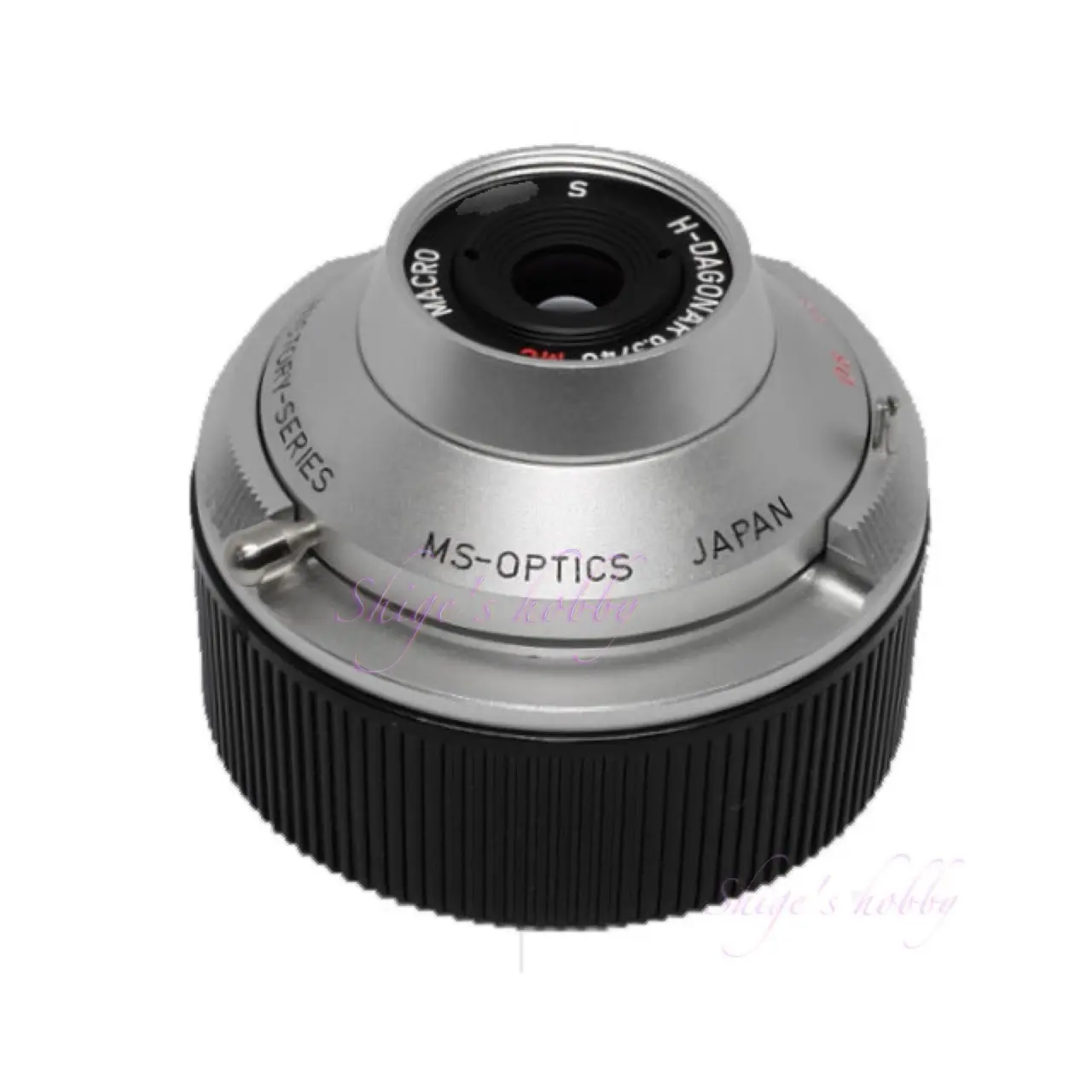
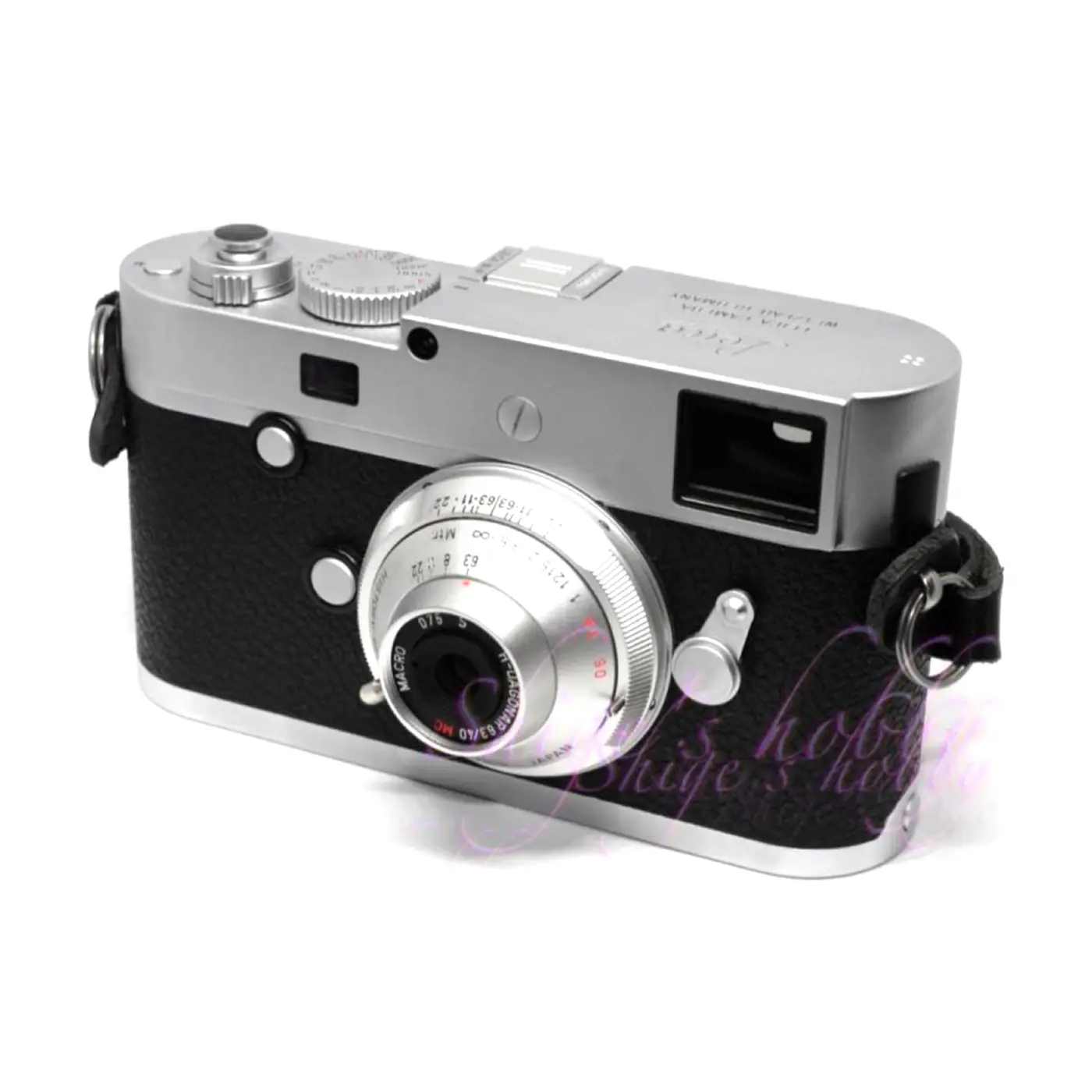
1.Usage
The Dagonar 40mm is the second lens in the MS-Optics (Miyazaki Optical) History Series, and is a lens that pays homage to the DAGOR.
The main specifications are as follows, and detailed specifications are listed in the table.
- Lens construction: 2 groups, 6 elements, symmetrical type
- Minimum focusing distance: 0.3m
- Rangemeter coupling for M-type Leica: 0.85m
- Aperture value: F6.3-16
- Lens length: 22mm
- Maximum lens diameter: 50mm
- Weight: 50g
The “H” in the lens name “H-DAGONAR” stands for History, and means that it is the second lens in the MS-Optics History Series.
The DAGOR was a lens that was installed in cameras manufactured by the German camera manufacturer Goertz.
2.Overview
Compared to modern, heavy, and large lenses, the DAGOR is overwhelmingly compact.
Still, shooting operations such as aperture and focus can be performed quite normally. The focus ring is moderately heavy and rotates about 120 degrees, making it easy to make subtle adjustments. There is no aperture clip stop.
The Dagonal 40mm is a sister lens to the Proto 40mm, the first in the History series, and compared to the two, the Dagonal is slightly longer and heavier because it uses two more lenses.
Both the DAGOR and Proto were unpopular and left unsold when released due to their subtle focal length of 40mm and dark maximum aperture, but due to the small number of units manufactured, the number of them on the used market has decreased, and as of 2025, they have returned to a reasonable price.
Comparing the two, the impression is that when comparing images taken of the exact same subject at the same distance, the DAGOR 40mm appears to have slightly higher resolution.
When the camera was fixed to a tripod and only the lens was changed to shoot the same subject, it was found that the shooting range of the DAGOR was slightly narrower. This is thought to be due to manufacturing errors or subtle differences in focal length.
If you were to consider which to choose when taking the two out with you, if you wanted a shooting system that was even slightly more compact, you would go for the Proto, and if you wanted slightly higher performance, you would go for the DAGOR.
When used with the HASSELBLAD X2D via an X-M mount adapter, the focal length is equivalent to 32mm in 35mm format. For the 44 x 33mm sensor used in medium-format digital cameras, the shooting results showed only slightly noticeable vignetting, the peripheral resolution was also fully within the practical range, and it was confirmed that the image circle of the lens is wide.
The X2D does not have a mechanical shutter and shoots with a sensor shutter, but with a sensor shutter, rolling distortion can occur when shooting moving subjects, so the Fujifilm GFX series, which has a mechanical shutter, is more practical to use.
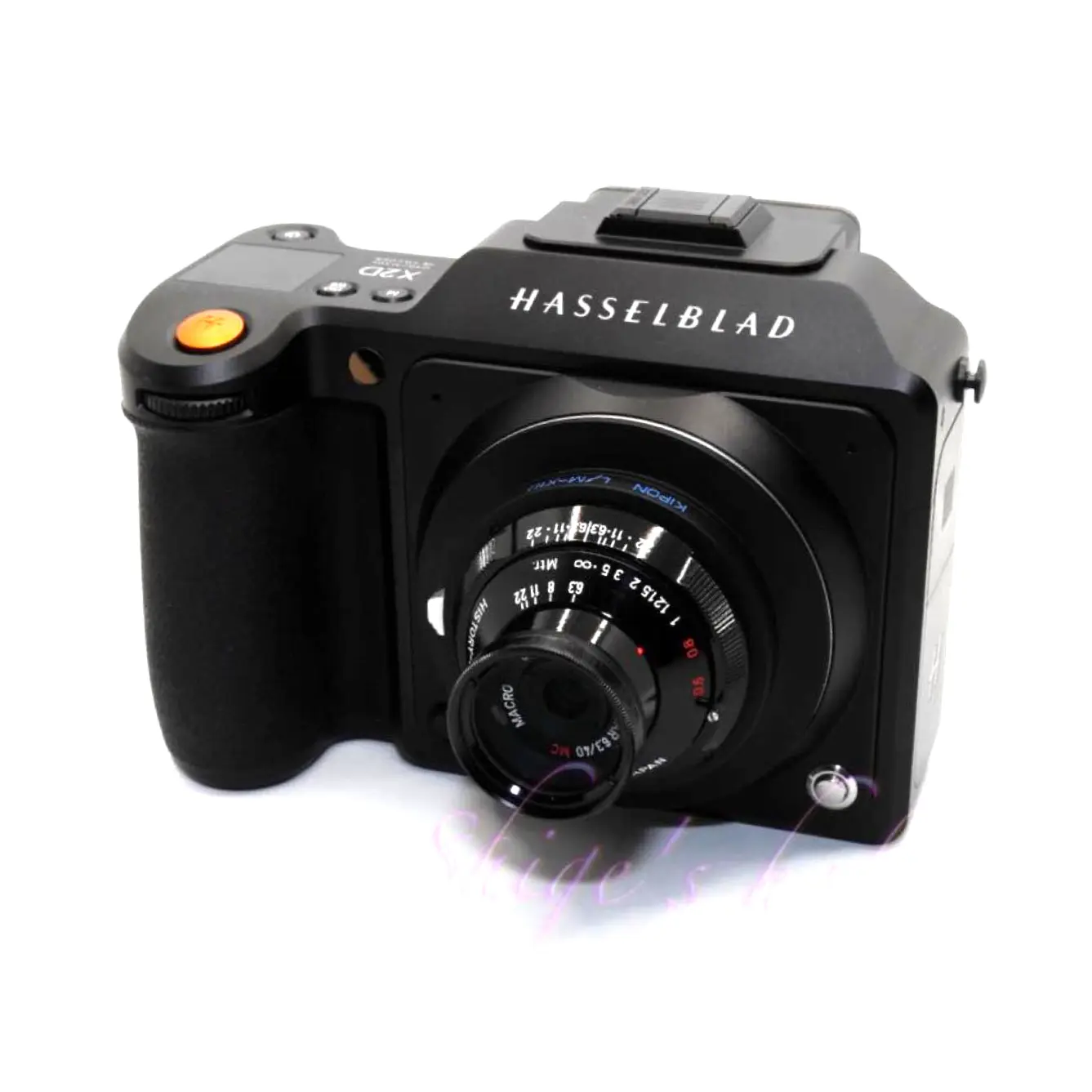
3.Summary
To conclude, the H-DAGONAR 40mm F6.3 is a sister lens to the H-PROT, released at the same time.
In conclusion, to sum up the MS-H-DAGONAR 40mm F6.3 is a compact 40mm focal length lens made up of 4 elements in 2 groups.
It has a wide image circle that easily covers a 35mm full-frame sensor.
Because the lens construction is simple, you can’t expect great depiction at the edges, but that requires some imagination on the part of the photographer to make up for that.
Specification and Competitor
Comparing the two lenses, when photographing the exact same subject at the same distance, the Ms-H-DAGONAR 40mm F6.3 has slightly higher resolution and slightly better aberration correction than the Ms-H-PROT 40mm F6.3.
When photographing the same subject with the camera fixed to a tripod and only the lens changed, the Dagonar’s shooting range was found to be slightly narrower.
This is thought to be due to differences in design specifications resulting from the lens configuration (6 elements in 2 groups vs. 4 elements in 2 groups).
Considering which to choose when traveling with the two, if you are looking for a more compact shooting system, the Ms-H-PROT 40mm F6.3 would be the better choice, while if you are looking for slightly higher performance, the Ms-H-PROT 40mm F6.3 would be the better choice.
Both lenses were unpopular upon release due to their awkward 40mm focal length and slow maximum aperture, and they remained unsold. However, due to the small number of units produced, fewer are available on the second-hand market, and as of 2025, prices have returned to a reasonable level.
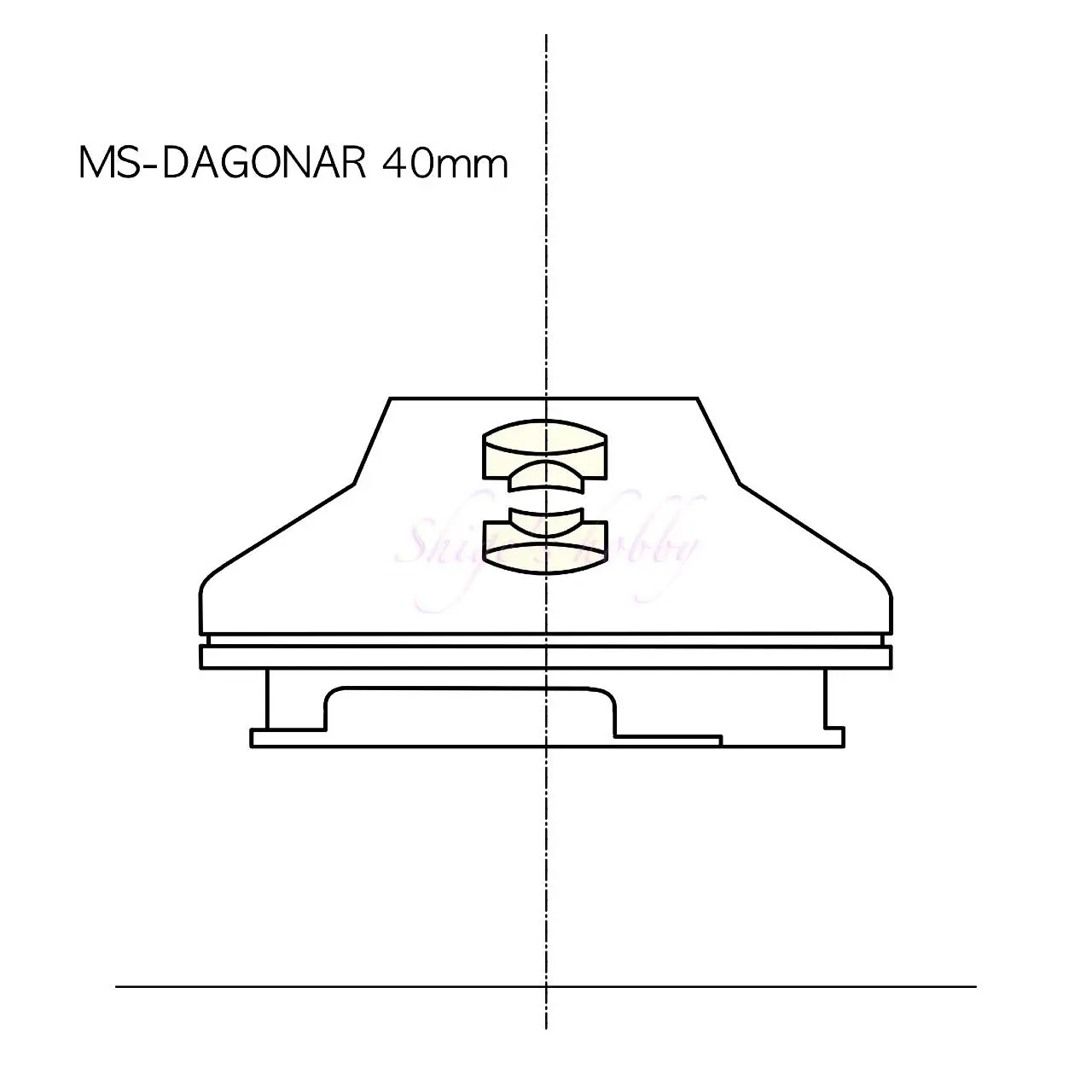

| Item | DAGONAR | PROT |
| focal length(mm) | 40 | 40 |
| Maximum aperture | 6.3 | 6.3 |
| Minimum aperture | 16 | 16 |
| Leaf blade | 10 | 10 |
| Lens configuration | 2groups 6elements | 2groups 4elements |
| Minimum distance(m) | 0.3 Rangefinder link is 0.85m to infinity. | 0.3 Rangefinder link is 0.85m to infinity. |
| Lens length(mm) | 22.2 | 16.2 |
| Lens max diameter(mm) | 50 | 50 |
| Filter type | 22.5 Lens tip is 28mm | 22.5 Lens tip is 28mm |
| Weight(g) | 50 | 47 |
| Hood | Dedicated cylindrical screw type | Dedicated cylindrical screw type |
| Lens mount | LEICA_M | LEICA_M |
| Release date | 2018 | 2017 |
| Price | ¥55,000 | ¥50,000 |
Reference links
Update
- 2024.2.3:Update
- 2022.12.19:First draft
Affiliate links
- Some external links are advertisements and clicking them may generate income for the site administrator.

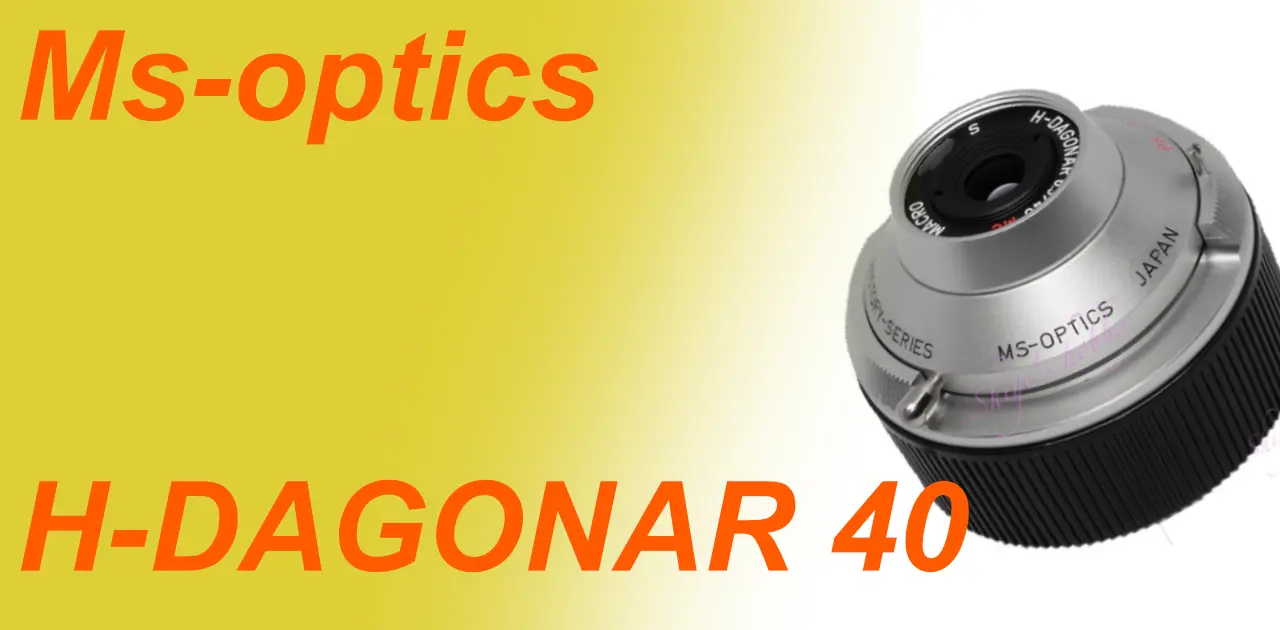

Be First to Comment